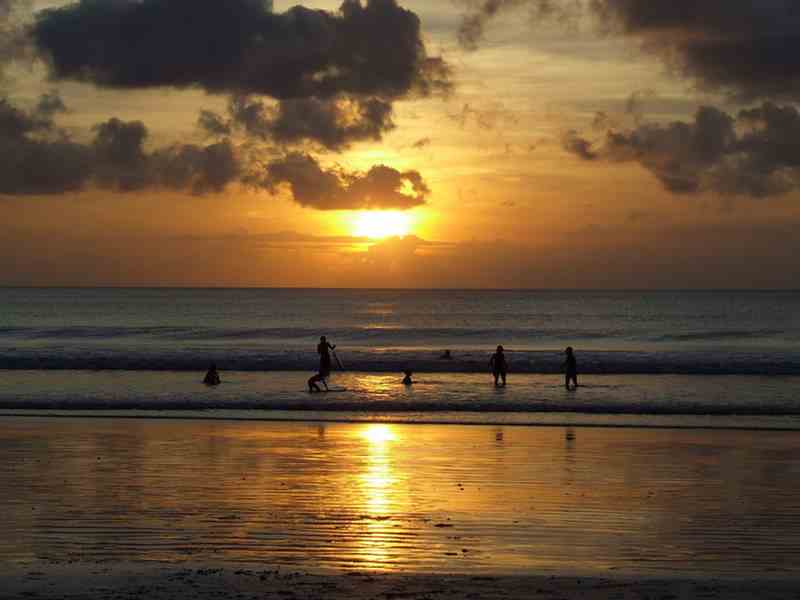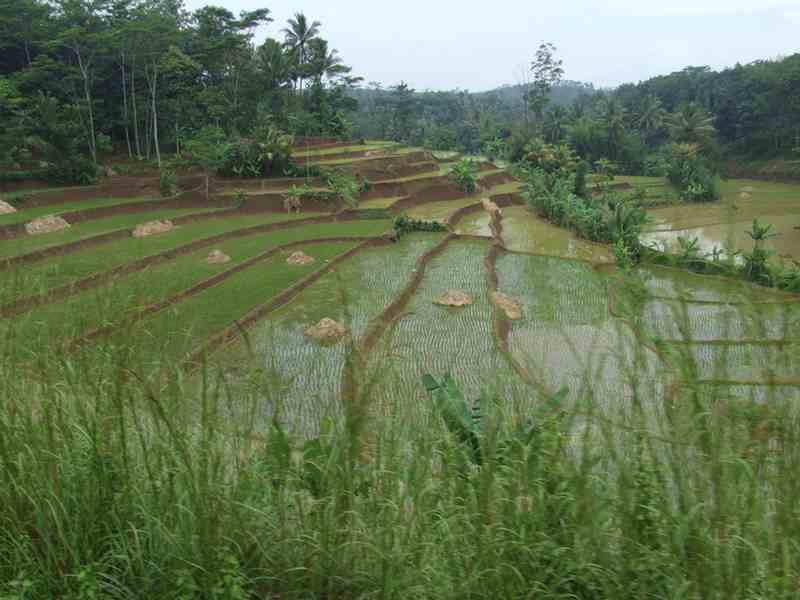
Pangandaran is is a small town on the southern coast of West Java.
It is a popular tourist destination, having a beach which is considered to be one of the finest in Java
and which offers excellent surfing.
The tourist part of the town is located on a narrow isthmus with about 250 metres separating
an east-facing beach from a west-facing one.
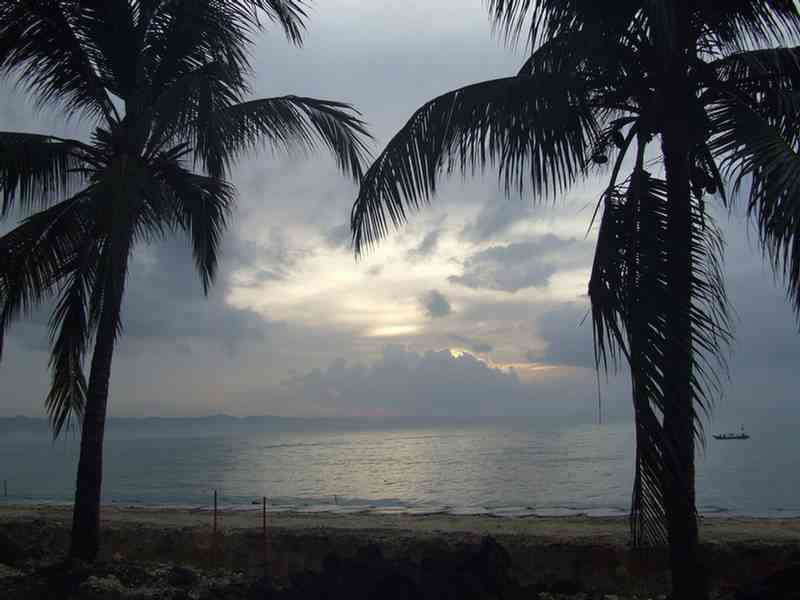
The west-facing beach at Pangandaran is the finest for swimming an has excellent regular waves.
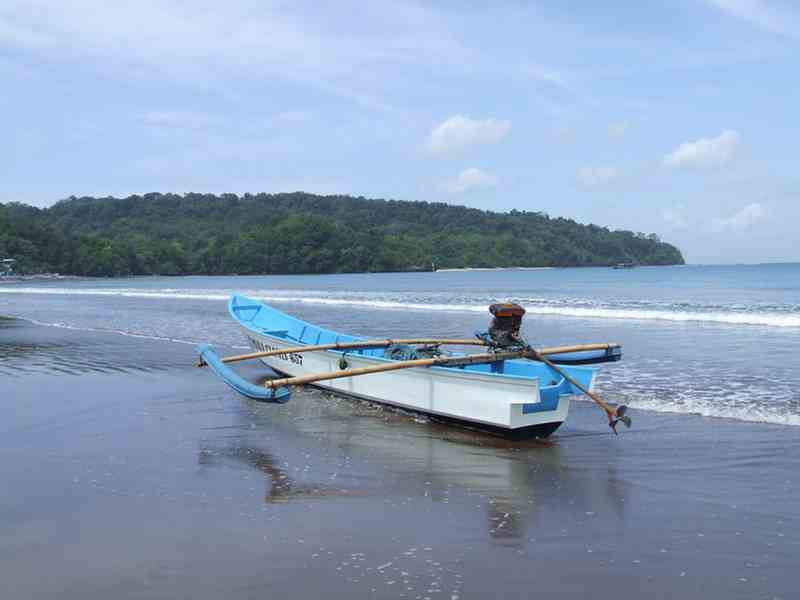
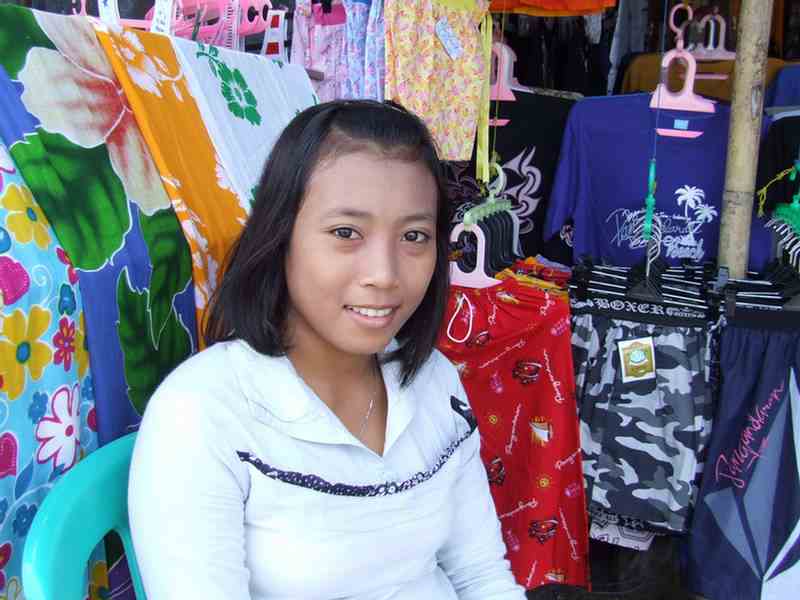
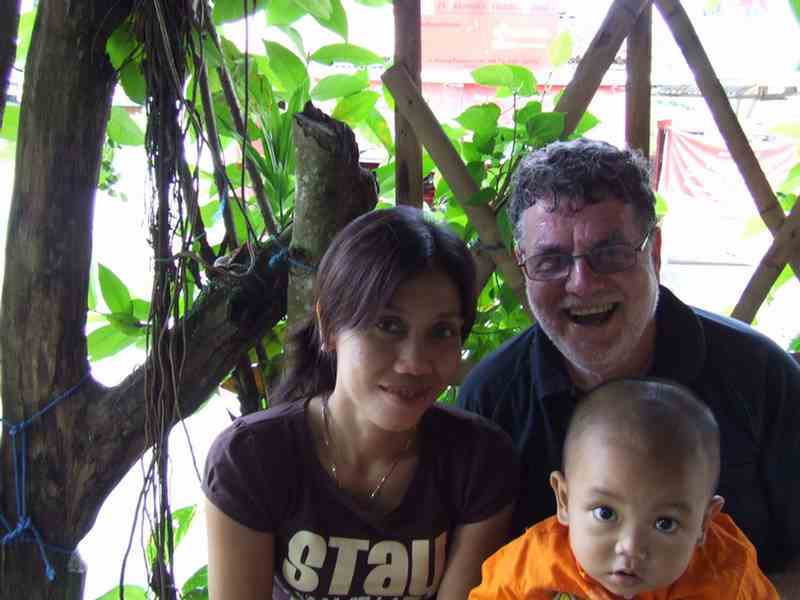
At the end of the isthmus, close to the resort, there is a national park.
Our local guide enticed a scorpion from its hiding place under a log
with a small piece of chicken on a string.
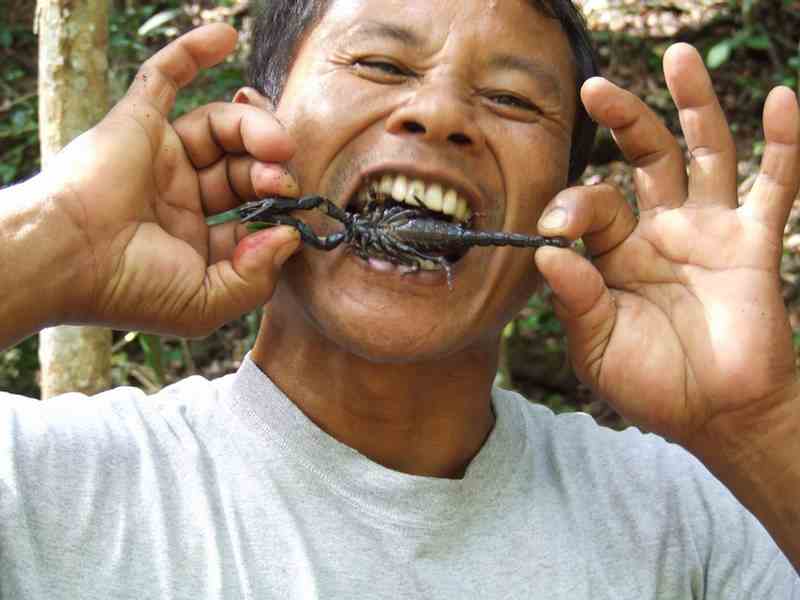
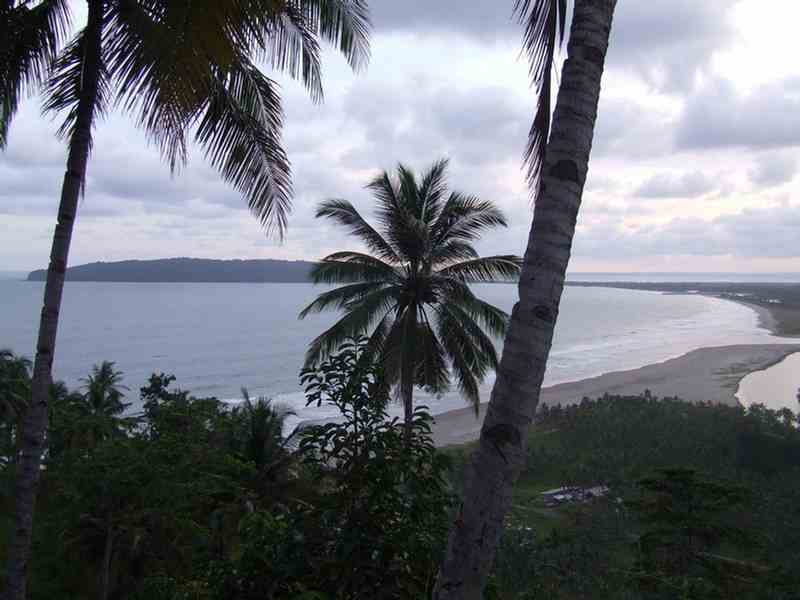
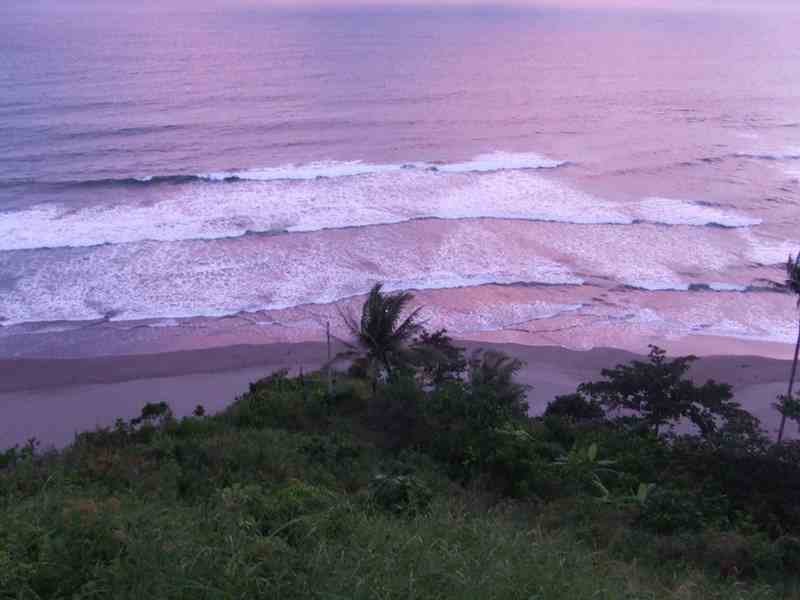
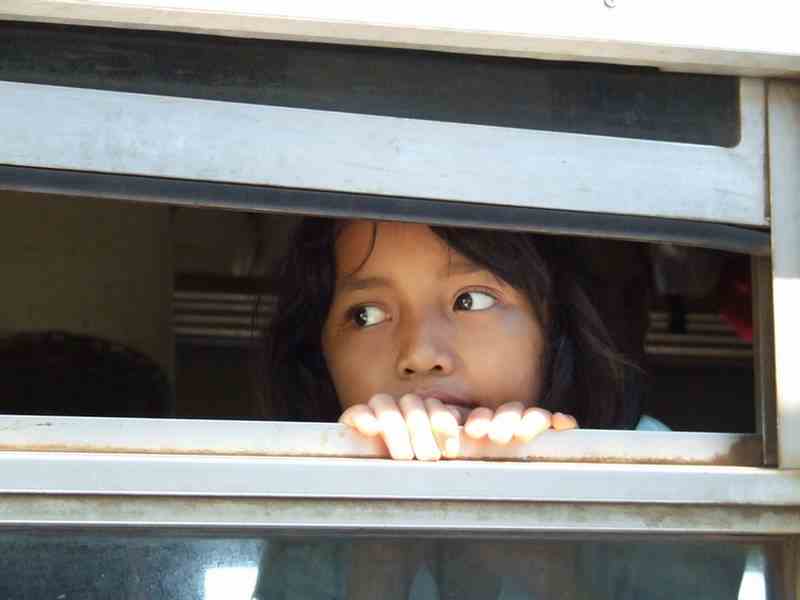
Yogyakarta is known as a centre of classical Javanese fine art and culture such
as batik, ballet, drama, music, poetry and puppet shows.
At the Sultan's Palace in Yogyakarta.
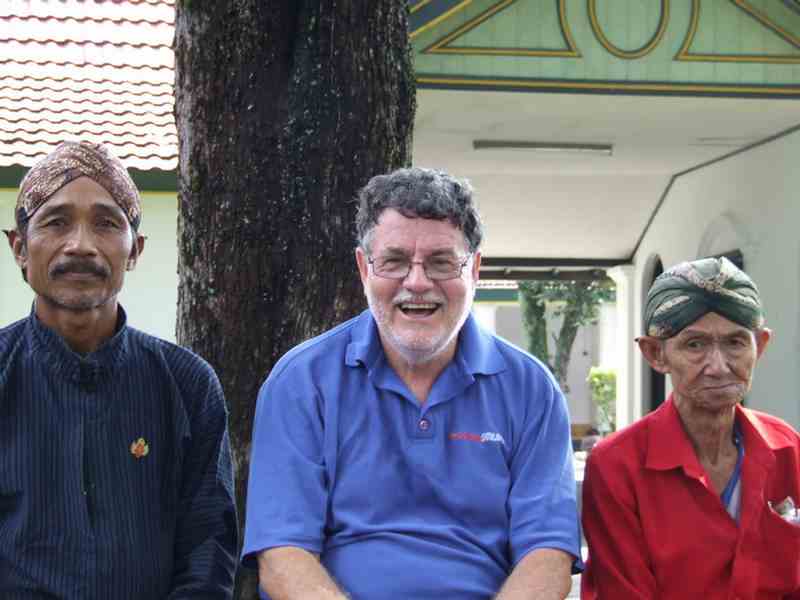
Prambanan is the largest Hindu temple compound in Indonesia, located approximately 18 km east of Yogyakarta.
Built around 850, there are eight main shrines or candis, and more than 250 surrounding individual candis.
The three main shrines, are dedicated to the three gods:
Shiva the Destroyer, Vishnu the Keeper and Brahma the Creator.
Not long after its construction, the temple was mysteriously abandoned and began to deteriorate.
Reconstruction of the compound began in 1918. The main building was completed in around 1953.
The temple was damaged during the earthquake in Java in 2006.
Most of the temples were fenced off, but we were able to get close enough for a good look.
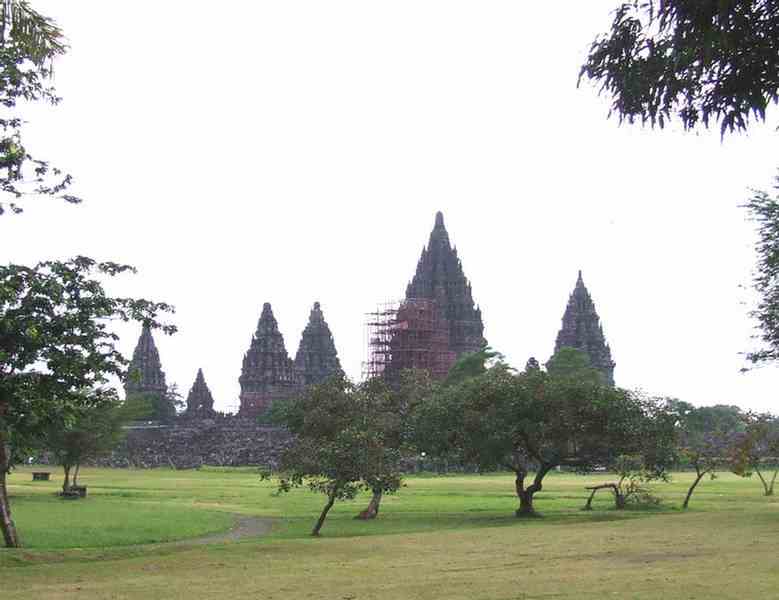
Borobudur is an imposing eighth century Mahayana Buddhist monument about 42km from Jogjakarta.
About 130 metres square, it comprises six square platforms topped by three circular platforms,
and is decorated with 2,672 relief panels and 504 Buddha statues.
A main dome is located at the centre of the top platform,
and is surrounded by 72 Buddha statues seated inside perforated stupa.
The monument is both a shrine to the Lord Buddha and a place for Buddhist pilgrimage.
The journey for pilgrims begins at the base of the monument and follows a path circling the monument while
ascending to the top through the three levels of Buddhist cosmology, namely, Kamadhatu (the world of desire);
Rupadhatu (the world of forms); and Arupadhatu (the world of formless).
During the journey, the monument guides the pilgrims through a system of stairways and corridors
with 1,460 narrative relief panels on the wall and the balustrades.
Evidence suggests Borobudur was abandoned following the fourteenth century decline of Buddhist
and Hindu kingdoms in Java, and the Javanese conversion to Islam.
In 1814, Raffles, the British governor of Java following the Anglo-Dutch war
was informed about a big monument in the jungle and is credited with its re-discovery.
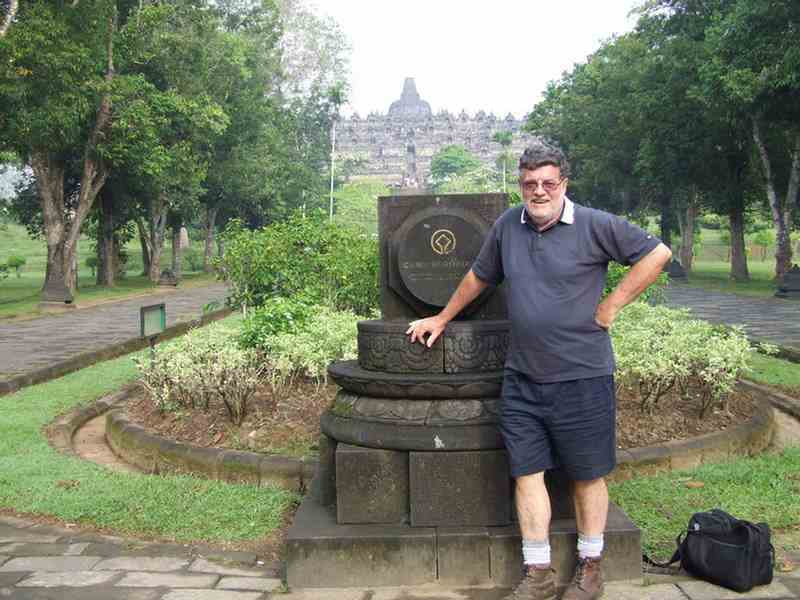
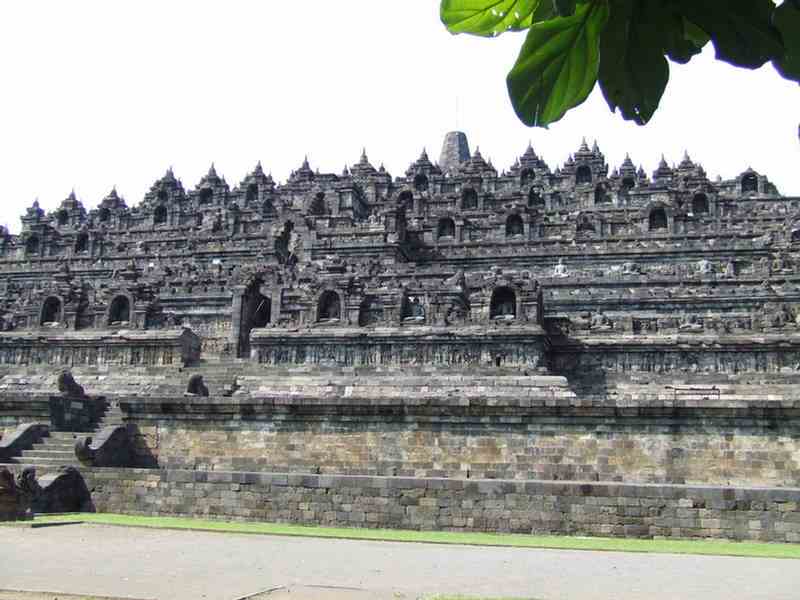
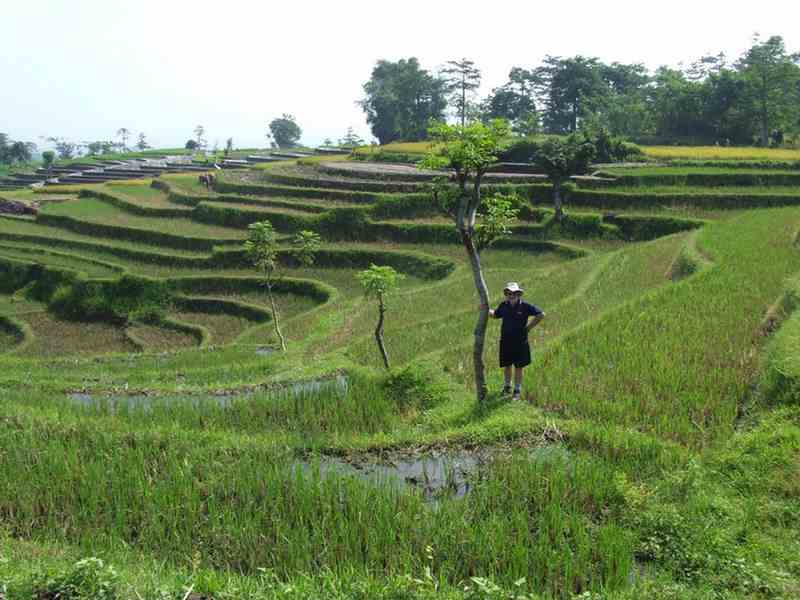
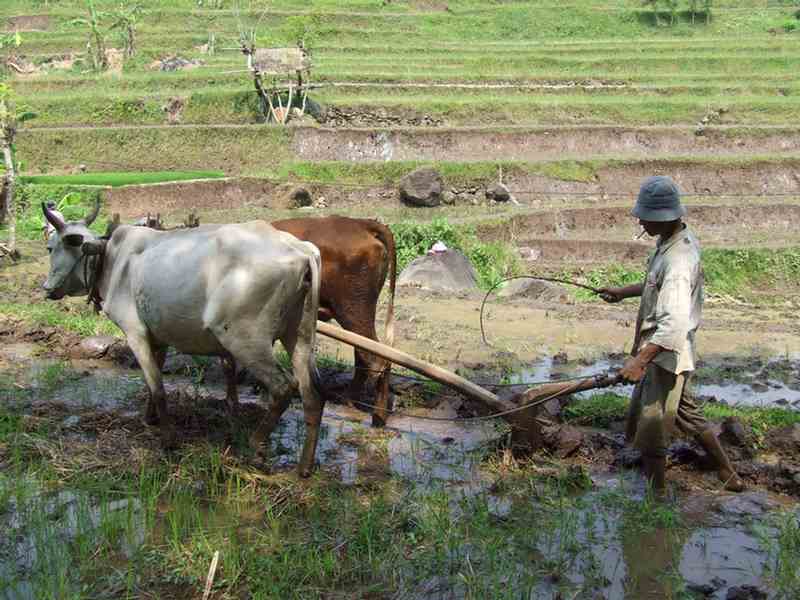
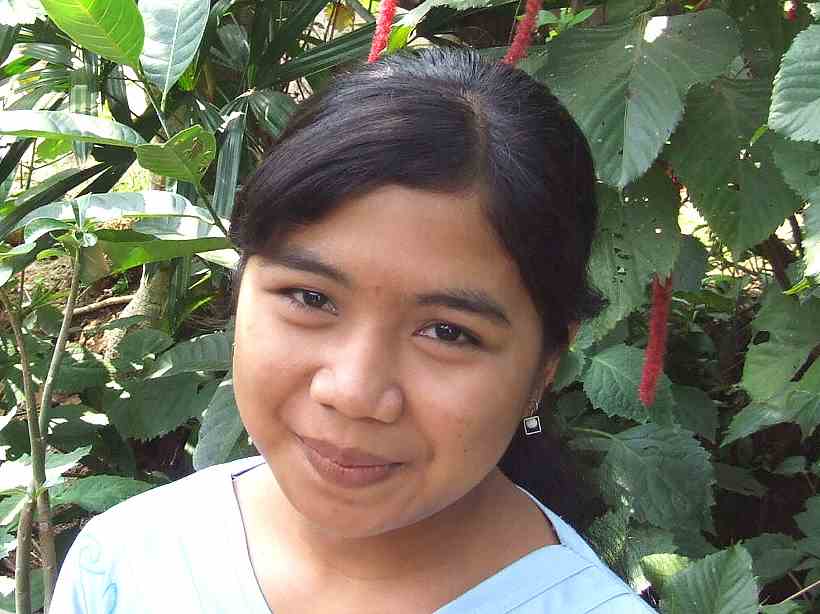
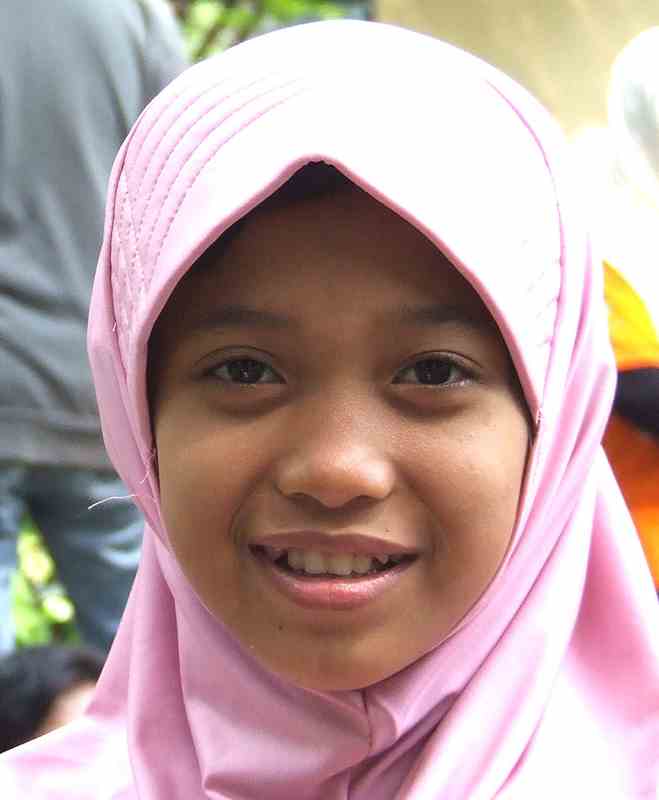
Mount Bromo
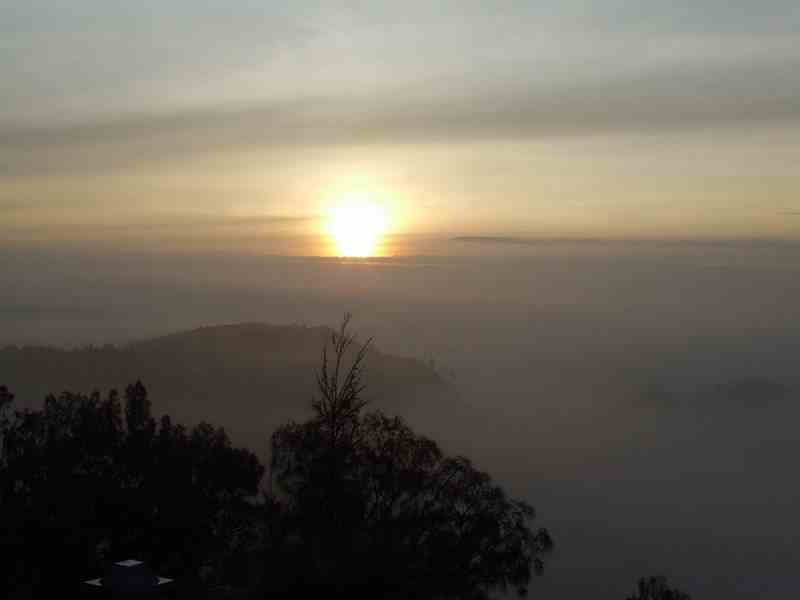
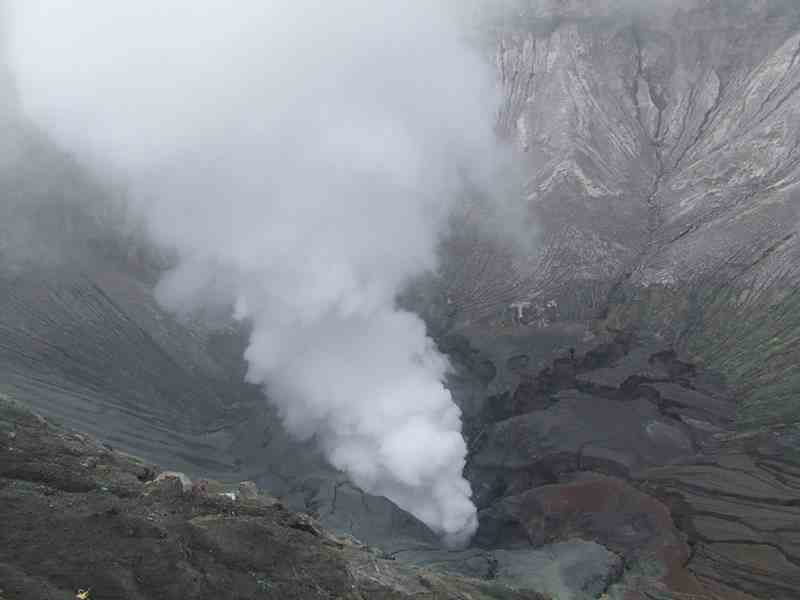
Lovina in Bali, has a dark sand beach with no surf.
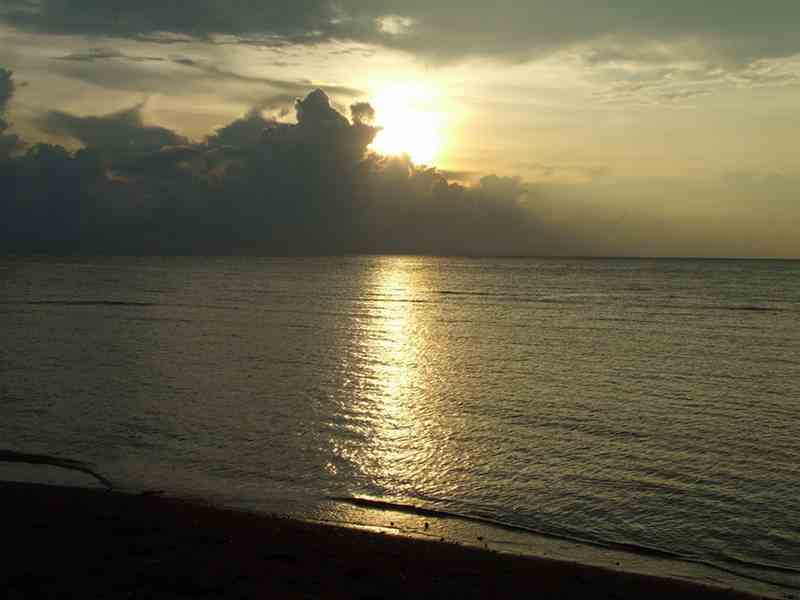
Sekumpul Waterfalls (Bali)
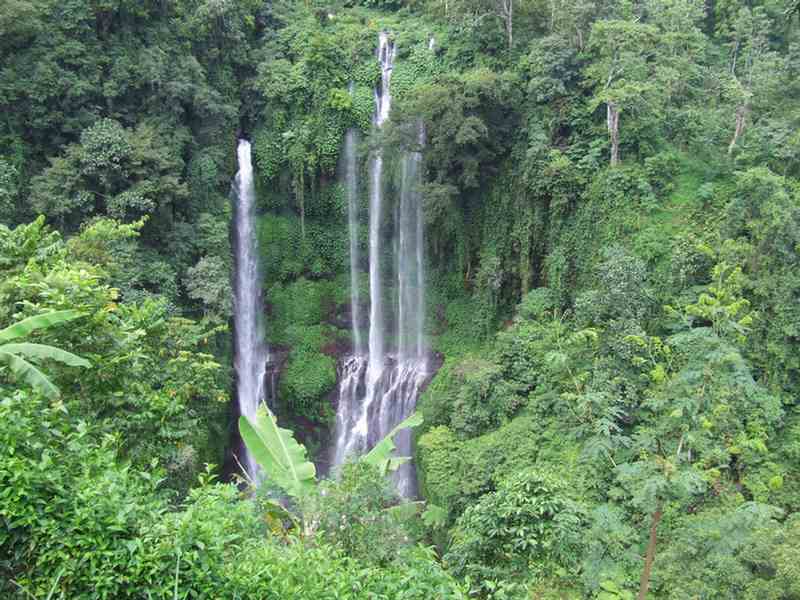
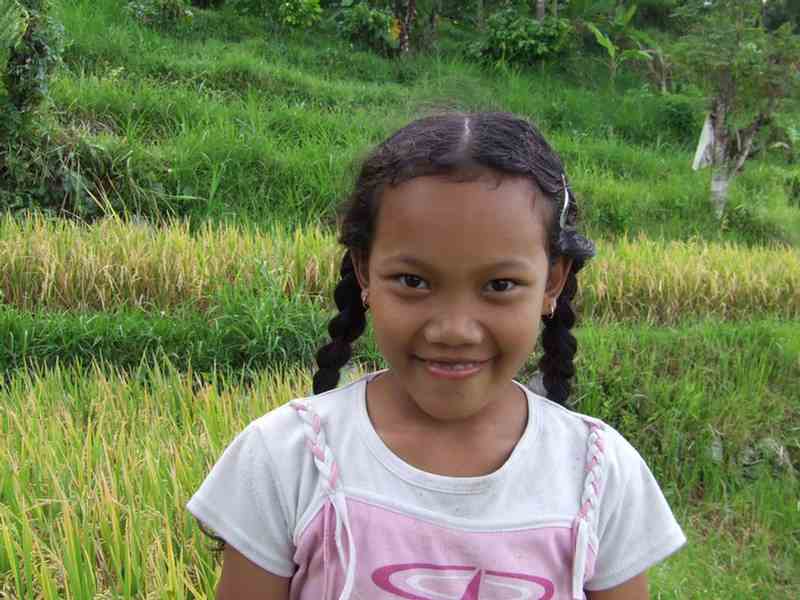
Ubud (Bali)
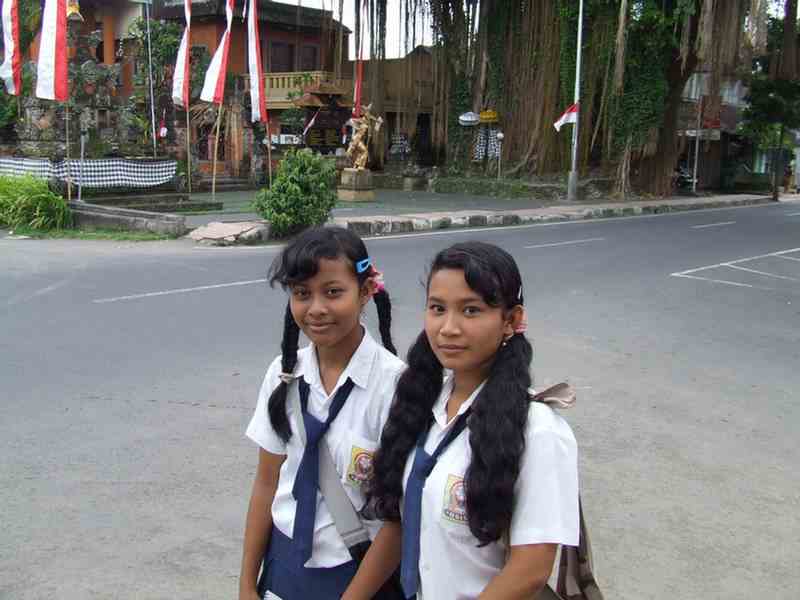

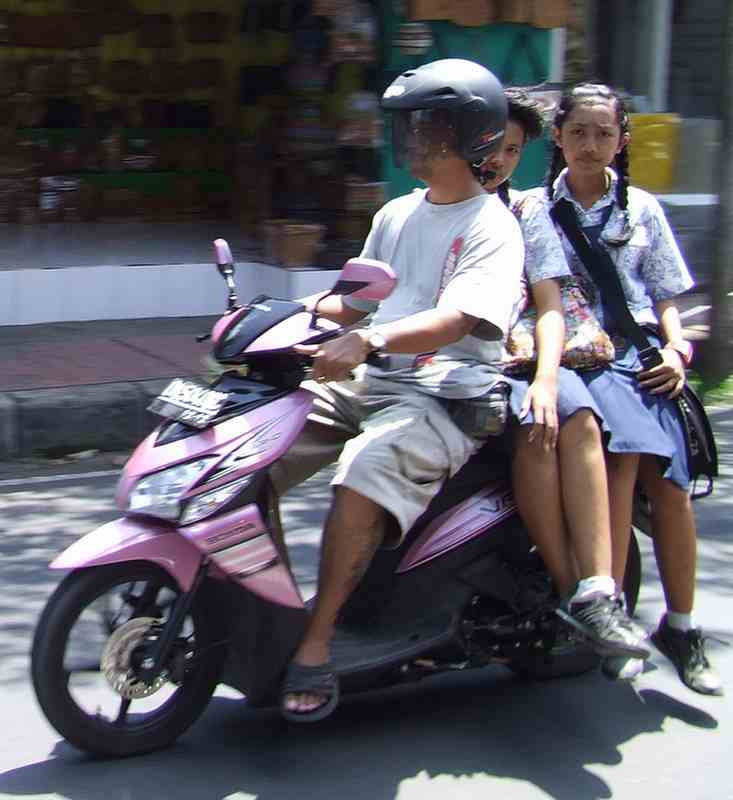
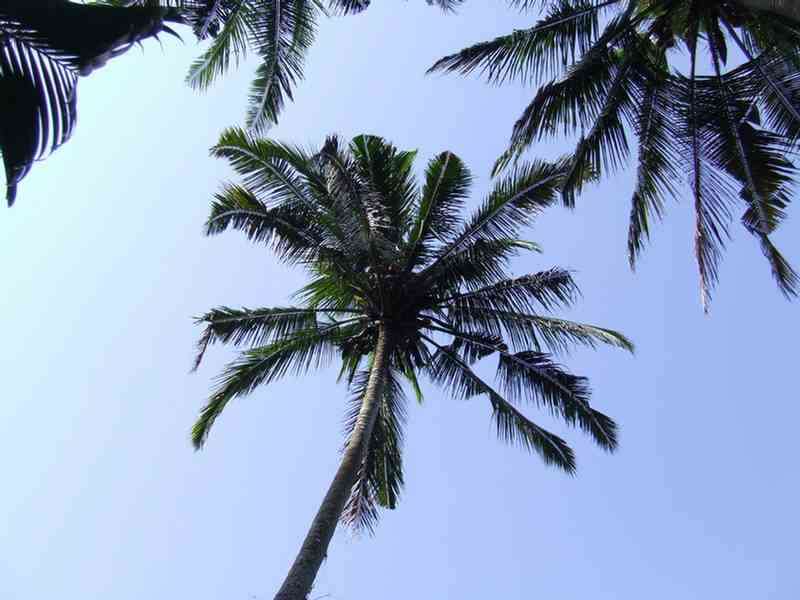
A school for "street-kids" on the beach in Kuta, is run by volunteers.
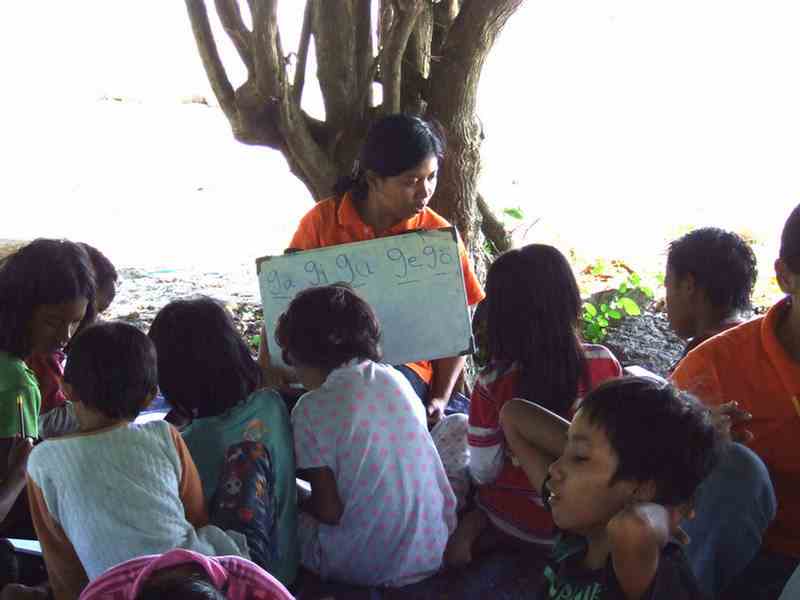
Kuta has the best beach that I saw in Indonesia.
Kilometres of white sand with regular, even surf, just right for either body or board surfing.
